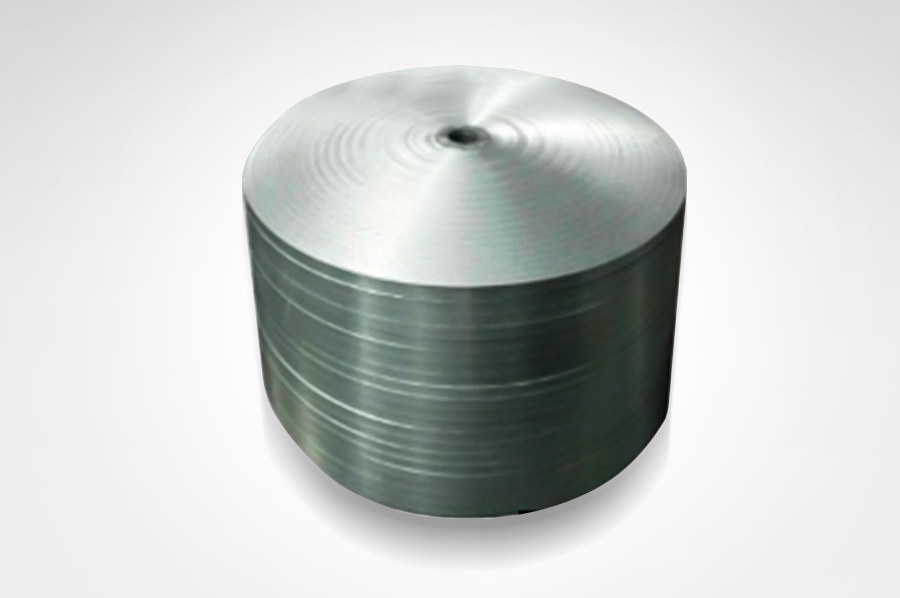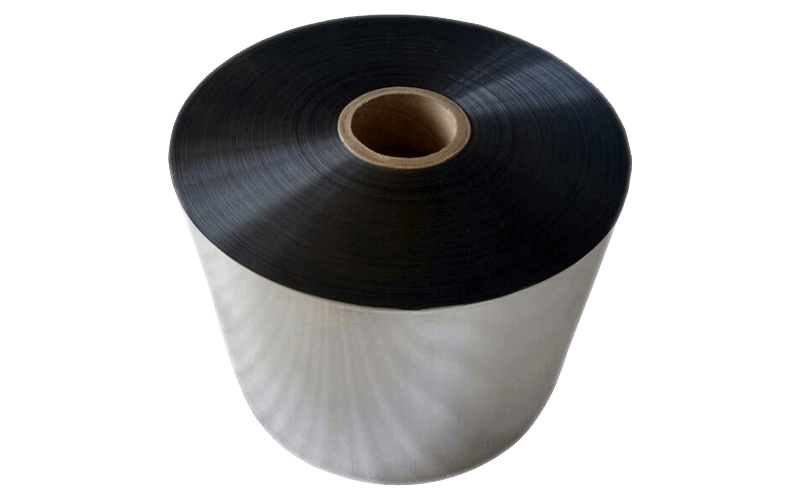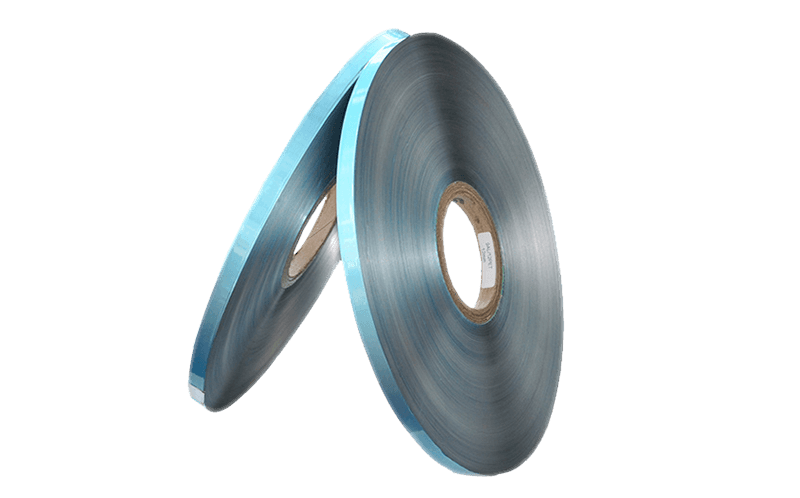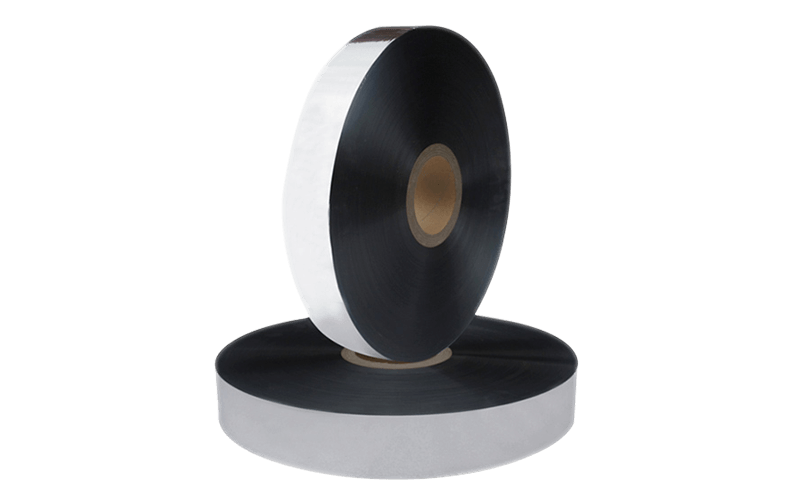1. EMI and RFI Shielding Effectiveness: The primary pur […]
1. EMI and RFI Shielding Effectiveness: The primary purpose of cable shielding is to provide effective protection against EMI and RFI. When selecting shielding materials, it is crucial to evaluate their shielding effectiveness, expressed in decibels (dB). The shielding effectiveness should align with the specific application's requirements and the expected level of interference in the environment.
2. Material Performance: Shielding materials should exhibit desirable electrical and mechanical properties. Conductivity is a vital characteristic, as it allows the material to effectively divert and dissipate electromagnetic waves. Additionally, the material should have sufficient flexibility and durability to withstand cable handling, installation, and environmental conditions.
3. Compatibility with Cable Construction: Shielding materials must be compatible with the cable construction process. They should be easy to handle and integrate into cable designs without impeding manufacturing efficiency. For instance, foil or tape-based shielding materials can be easily applied during cable assembly, while braided shields may require specialized machinery for installation.
4. Environmental Factors: Consider the operating environment of the cables. Some shielding materials may perform well in specific conditions but degrade when exposed to extreme temperatures, moisture, chemicals, or UV radiation. Understanding the environmental factors and selecting materials with appropriate resistance is crucial to ensure long-term reliability.
5. Cost and Availability: While performance and suitability are paramount, cost and availability considerations are essential in selecting cable shielding materials. Evaluate the material's cost per unit and availability in the required quantities. Also, consider the possibility of future price fluctuations and potential sourcing challenges.
6. Regulatory Compliance: Depending on the application, certain industries or regions may have specific regulations and standards regarding EMI/RFI emissions. Ensure that the selected shielding materials comply with relevant industry standards, such as those set by the Federal Communications Commission (FCC) or International Electrotechnical Commission (IEC).
7. Design Flexibility: Cable shielding materials should allow for design flexibility and accommodate various cable configurations. Different types of cables, such as twisted pair, coaxial, or ribbon cables, may require different shielding approaches. Evaluate the compatibility of the chosen material with the desired cable design and installation requirements.




